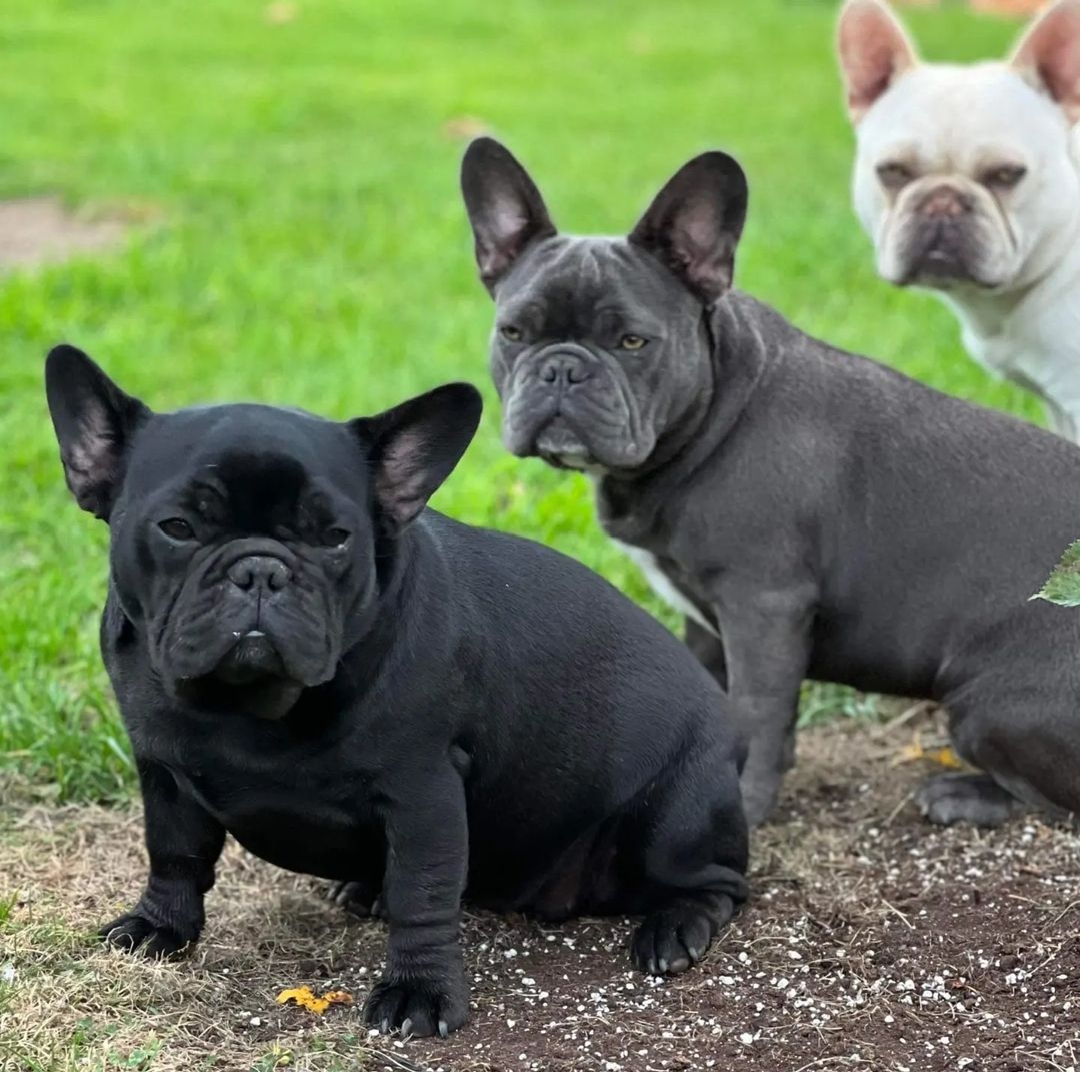Understanding Dog Hot Spots and Effective Treatment
- FreeRange null

- Jan 17, 2024
- 2 min read
Updated: Aug 8, 2024
Introduction:
Dog hot spots, medically known as acute moist dermatitis, result from self-trauma as dogs incessantly scratch, lick, or bite itchy areas, leading to open wounds.
Breaking this cycle is crucial for effective treatment.
Causes of Hot Spots:
These skin irritations are prevalent in hot and humid weather, triggered by various factors such as fleas, allergies, poor grooming, and emotional distress.
Identifying the root cause is vital for targeted treatment.

Symptoms and Appearance:
Hot spots manifest as raised, red, and often hairless patches that can ooze, bleed, or contain pus. Symptoms include itchiness, constant licking, inflammation, redness, swelling, crusted scabs, and even an offensive odor from the affected area.
Prevention Strategies:
Preventing hotspots involves practicing good hygiene through regular grooming, parasite prevention with vet assessments, and maintaining skin health with Omega-3 fatty acids.
Drying your dog thoroughly after swimming or bathing is also essential.
Treatment Procedures:
1. Hair Clipping:
- Trim the hair around the hotspot with clippers, promoting airflow and inhibiting excess moisture that hampers healing.
- Use caution to avoid causing pain, and consider sedation if grooming is challenging for your dog.
2. Cleaning the Area:
- Thoroughly clean the affected area, shaving off matted fur and keeping it away from the hotspot.
- Application of a mild antiseptic like chlorhexidine aids in the healing process.
3. Bathing with Gentle Shampoo:
- Bathe your dog with a special shampoo, like chlorhexidine, to prevent new hotspots from developing.
- Ensure the shampoo is gentle on the skin, considering the potential for burning with antiseptics or astringents.
4. E-Collar Usage:
- Utilize Elizabethan or No Bite collars to prevent your dog from licking or biting the affected area.
- Particularly useful for preventing access to hotspots on the ears.
5. Antibiotics and Steroids:
- Topical or oral antibiotics combat bacterial infections, providing anti-itch and anti-inflammatory properties.
- Steroids may be prescribed to control inflammation and itching, with your vet guiding the treatment plan.
6. Medicated Wipes:
- Use antimicrobial, antifungal, and antiseptic medicated wipes to gently clean the area, eliminating bacteria and yeast.
Conclusion:
Hotspots are painful for dogs, and their treatment requires a delicate process.
Collaborate with your veterinarian for the best course of action, and with consistent care, your dog should recover and return to their vibrant self.
All our puppies go home with PD Insurance
Vet bills can be very expensive
We highly recommend Pet Insurance
Click the link below to get your best quote






Comments